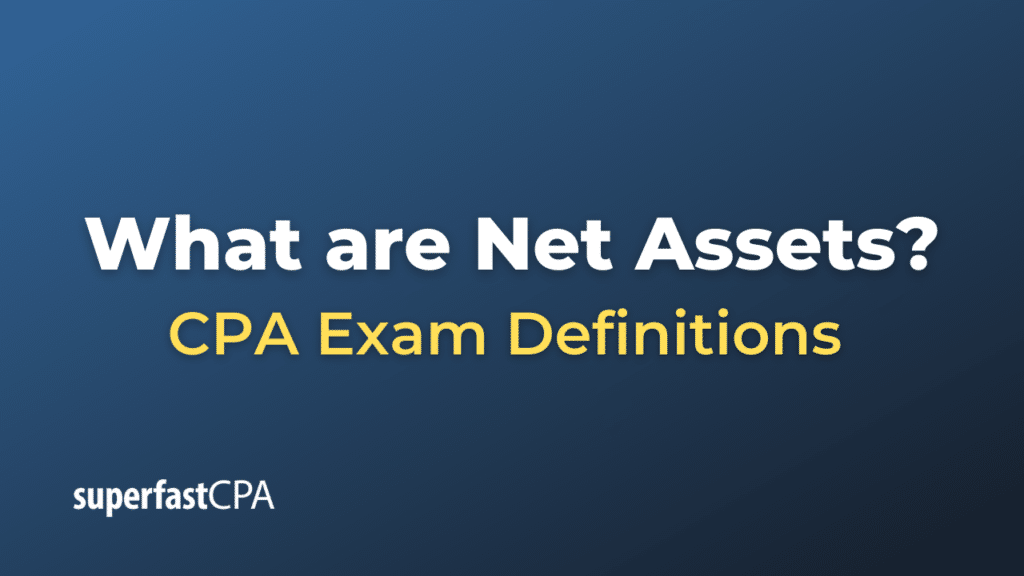Net Assets
Net assets, also known as net worth or shareholders’ equity, represent the residual interest in the assets of an entity after deducting liabilities. In other words, net assets are the value of a company’s assets after all its debts and obligations have been paid off. They provide a measure of a company’s overall financial health and are a key component of a company’s balance sheet.
Net assets can be calculated as follows:
Net Assets = Total Assets – Total Liabilities
- Total Assets include everything a company owns, such as cash, accounts receivable, inventory, property, plant and equipment, and other investments.
- Total Liabilities include all financial obligations a company owes, such as accounts payable, short-term and long-term debt, and other accrued expenses.
If a company’s total assets are greater than its total liabilities, it has positive net assets. If total liabilities exceed total assets, the company has negative net assets, which can be a sign of financial distress.
For non-profit organizations, the concept of net assets is similar, but instead of being referred to as shareholders’ equity, it’s often called fund balance or net assets, since non-profits do not have shareholders. Net assets in this context represent the funds a non-profit has to work with to achieve its mission. They are still calculated as total assets minus total liabilities.
Example of Net Assets
Let’s say we have a company, Company ABC, and its balance sheet looks like this:
- Total Assets: $1,000,000 (This includes cash, accounts receivable, inventory, property, plant and equipment, etc.)
- Total Liabilities: $600,000 (This includes accounts payable, short-term and long-term debt, and other accrued expenses.)
Using the formula for net assets:
Net Assets = Total Assets – Total Liabilities
We can calculate:
Net Assets = $1,000,000 – $600,000 = $400,000
So, Company ABC has net assets of $400,000. This means, after settling all its obligations, Company ABC has $400,000 worth of assets remaining. This represents the owners’ residual interest in the company and indicates a positive financial status for the company.









